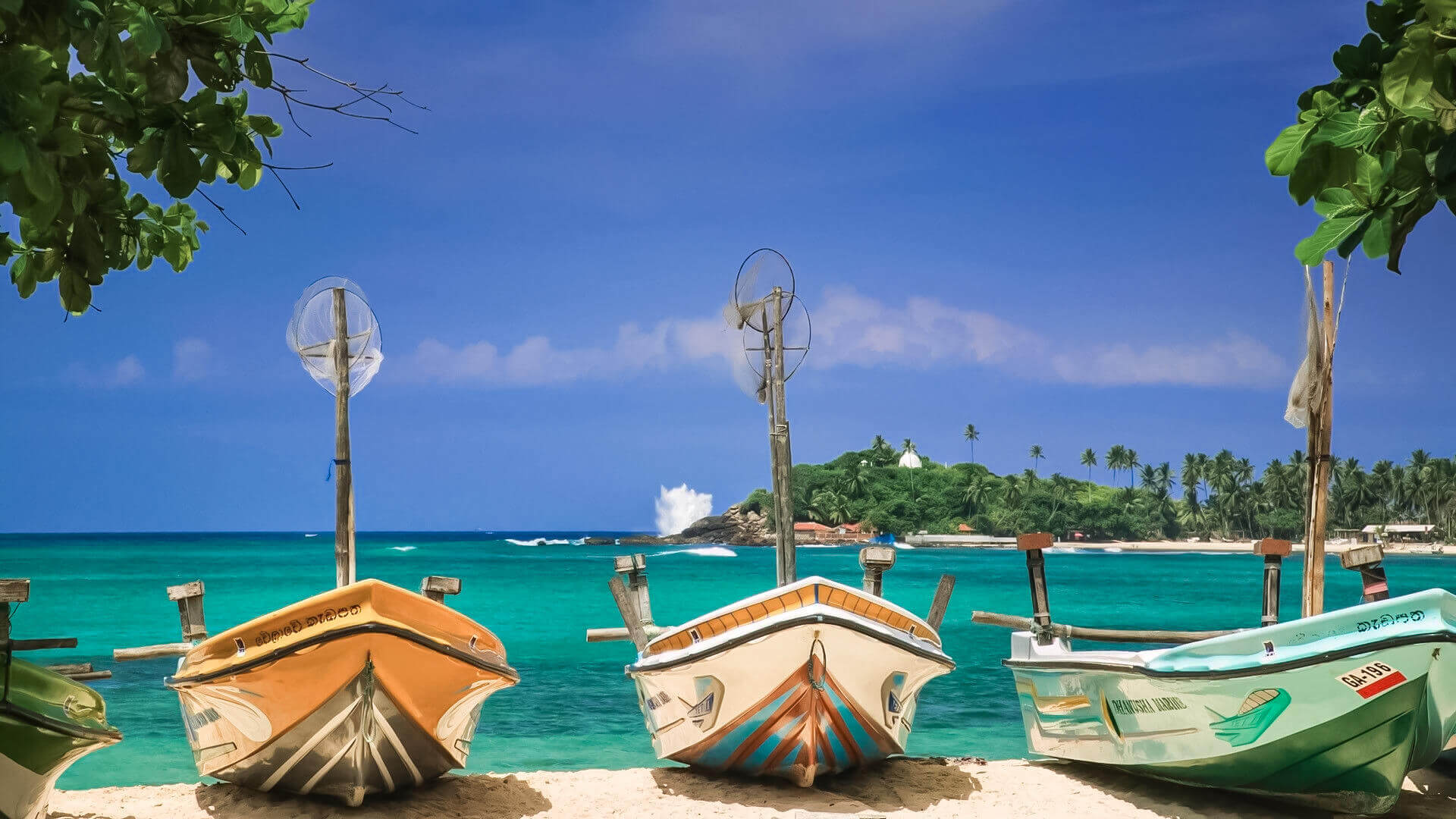Colombo-Bandaranaike International Airport (IATA: CMB) is Sri Lanka’s first and largest airport; a cab ride to Colombo (35 km) would take approximately an hour. A third international airport, Mattala Rajapaksa International Airport (Hambantota International Airport, IATA: HRI), opened in 2013 and is situated in the southern portion of the country, around 250 kilometers from Colombo.
SriLankan Airlines is the country’s flag airline, with flights to and from destinations in Europe, Southeast Asia, China, Japan, the Middle East, India, and Pakistan. Chennai, Trivandrum, Mumbai, Delhi, Cochin, Bangalore, and the Maldives are among the closest destinations served by SriLankan Air.
With multiple flights daily from Dubai and Singapore to Colombo, Emirates Airlines links several major European cities and others across the globe to Colombo. On these routes, the airline uses 777-300ER wide-body aircraft.
Sri Lanka is served by Indian airline Jet Airways and its subsidiary Jetlite.
Since 2016, FlyDubai Airlines has operated a service between Dubai and Colombo.
Qatar Airways flies from Doha to Colombo three times a day, nonstop.
Jet Airways flies to Colombo frequently from Delhi, Mumbai, and Chennai.
Tiger Airways, a Singapore-based low-cost carrier, now flies three times a week between Colombo and Singapore, but this will increase to four times a week beginning November 2012.
Air Asia, a low-cost carrier, currently flies from Kuala Lumpur, Malaysia, to Colombo, Sri Lanka. This allows tourists from Southeast Asia, as well as those visiting Southeast Asia and then returning to Southeast Asia, to take advantage of low-cost flights (or vice-versa).
Oman Air has announced flights to Colombo via Muscat and Male, and they seem to be offering special rates to coincide with the launch of their new destinations (Frankfurt, Munich, Paris, Male, Colombo)
A daily flight from Amman to Colombo is operated by Royal Jordanian.
Ukrainian International Airlines currently offers a route from Kiev to Colombo that travels via Dubai.
Other airlines that fly to Colombo-Bandaranaike include Singapore Airlines, Malaysia Airlines, Thai International Airways, Cathay Pacific, Saudi Arabian Airlines, Condor (Germany), Spicejet (India), Meridiana (Italy), and JetAirFly (Belgium).
From America
There are no direct flights from cities outside of Asia, the Middle East, and Europe to Sri Lanka. The distance is almost half the globe from the American West Coast. Depending on your interests and how much free time you have, you may choose a layover in Europe or Southeast Asia or take a nonstop flight from Chicago, Newark, New York City (JFK), or Toronto across the North Pole to New Delhi or Mumbai. This may be the quickest way in many instances, but check to see whether an Indian transit visa is needed. Another quick and simple option is to fly to the Middle East from the United States, with stops in Qatar, Bahrain, or the United Arab Emirates (no transit visa required). For example, the Dubai-based Emirates provides daily flights from SFO, LAX, Houston Hobby (IAH), and Toronto (YYZ) to Colombo with a very short layover. Emirates Airlines operates nonstop flights from Dubai to Colombo two to three times each day. SriLankan Carriers joined the Oneworld alliance in 2013, which enables for through ticketing with American Airlines as well as a number of Asian, European, and Middle Eastern airlines.


